A Lipstick Made from a Single Sheet of Paper!

In many historical Chinese dramas, especially those featuring women dressed in Hanfu, you’ve probably seen a scene where a woman gently presses a piece of red paper to her lips — and voilà, her lips are perfectly tinted. It’s a beautiful image, but have you ever wondered: is that even real?
Well, it turns out this ancient lipstick method does have roots in reality — but it’s only partly accurate. The red “paper” we often see in costume dramas wasn’t actually dyed paper.
In most cases, it was silk infused with plant-based pigments. So while the idea isn’t completely fictional, it’s a bit of a romanticized version. That said, there were real ancient products quite similar to modern lipstick, often referred to as kouzhi or chunzhi (口脂 / 唇脂), meaning “lip balm” or “lip rouge.”
If you’ve ever watched how Li Ziqi handcrafted traditional velvet flowers (a Chinese intangible cultural heritage craft), you’ll understand just how elaborate and time-consuming any silk-based process can be — and ancient beauty products were no exception.
Ⅰ. Lip Rouge in Ancient Times
Ancient Chinese women had their own versions of lipstick long before the modern cosmetic industry came along. These products were known as kouzhi or chunzhi. A recipe from the Qimin Yaoshu, a 6th-century agricultural and household encyclopedia by Jia Sixie, details one such method:
“If you have little bone marrow, use beef fat instead. If marrow is unavailable, fat alone will do. Soak cloves and patchouli in warm wine. Cook them with the same method as making pomade, and add wormwood to bring out the color. Strain the mixture through cloth and pour it into ceramic or lacquer bowls to solidify. To make lip rouge, mix in cinnabar and wrap it in green oil paper.”
In simpler terms, ancient lip color was made by blending natural aromatic herbs, animal fat, and red mineral pigments like cinnabar. Once cooled and solidified, the balm could be applied to the lips for a rich, tinted effect — not too far off from how tinted lip balms work today.
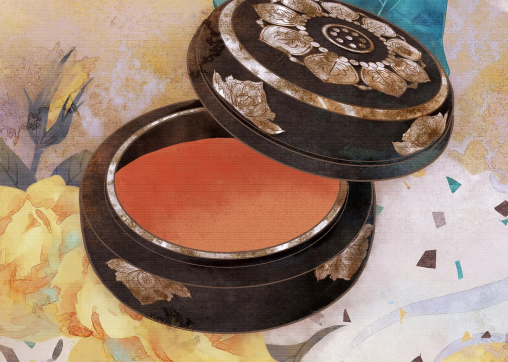
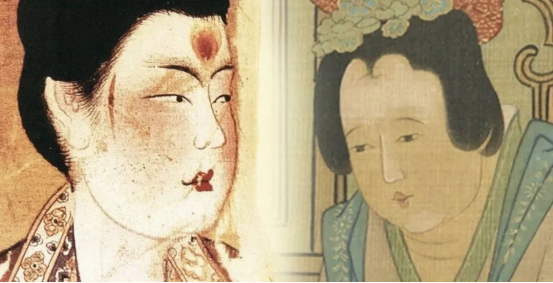
Ⅱ. Lipstick Colors in Ancient China
Just like today’s lipsticks come in a wide range of shades, ancient Chinese lip rouge also had its own color spectrum — and some of the names are as poetic as the lines of classical Chinese poetry they appeared in. Here are some of the most common traditional shades:
💄 Jiang Se (绛色)

A deep, rich red — often referred to as “China Red.” In Shuowen Jiezi, an early Chinese dictionary, jiang is defined as “great red.” This bold color is the same one you’ll find on palace walls and traditional wedding robes.
“Crimson lips and jeweled sleeves, both lost in solitude.”
💄 Zhu Hong (朱红)

A vibrant vermilion hue, somewhere between red and orange — similar to what we’d now call “imperial red” or “palace red.”
“Her vermilion lips hadn’t moved, yet the scent of rouge was already in the air.”
💄 Tan Se(檀色)

A soft, muted pinkish-red — somewhat like today’s popular “rosewood” or “dusty mauve.”
“Her brows lightly arched in black, her lips stained with delicate sandalwood red.”
💄 Wu Se(乌色)

A dramatic, almost-black lip color made using wugao, a dark, glossy balm. This bold look became fashionable in the late Tang dynasty.
“With black balm painted on her lips like clay, her brows curved low in sorrow’s shape.”
Like modern lipsticks, ancient lip colors followed beauty trends of their time. The overall makeup process also shared similarities with today’s routines — albeit with more ornate flair. A typical look involved:
- Applying a light base powder
- Adding blush
- Drawing arched, dark brows
- Sticking decorative forehead ornaments
- Dotting beauty marks
- Painting “slanted blush” near the temples
- Finishing with lip rouge
The lip color was usually applied last, using either a lip brush or just a fingertip for quick touch-ups — very much like today’s multitasking beauty hacks. And just like now, the shape and finish were up to personal preference: bold, natural, romantic, or even avant-garde. — depending, of course, on the style of Chinese dress you’re wearing.
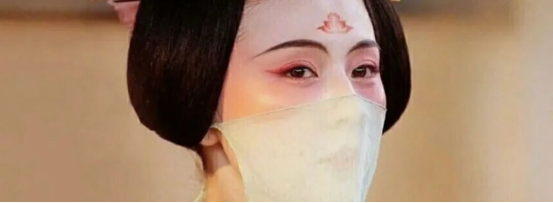
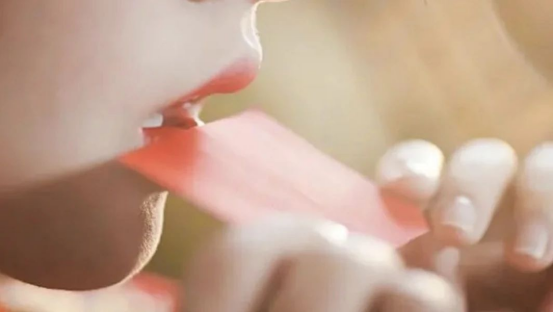
Ⅲ. Paper Lipstick: A Creative Wartime Invention
So how did the idea of “lipstick paper” come about?
Interestingly, this wasn’t an ancient invention, but a clever workaround that originated in the Republican Era (early 20th century), during a time of war and extreme material shortages. Beauty products were hard to come by, so people created practical alternatives using what was available. One such invention was paper lipstick — a sort of emergency cosmetic that became popular in theater and film for its simplicity and portability. It soon became a staple prop in period dramas, no matter which dynasty the story was set in!
But that doesn’t mean it was just a gimmick. Paper lipstick actually has its own production process, and understanding how it’s made offers some surprisingly rich cultural insights.
How Was Lipstick Paper Made?
Let’s walk through the process.
Ancient (and later traditional) cosmetics often used natural, easily sourced materials. One of the most common? Fresh flower petals. These petals were crushed and pressed to extract their pigment-rich juice. The liquid was then filtered through cloth to remove solids and poured into a container.
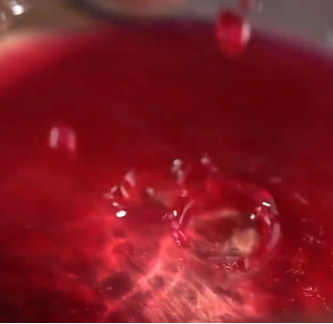
If you want to change the shade of your natural dye, here’s a fun trick: anthocyanins—the pigments found in many flowers—react to acidity. For instance, adding a bit of lemon juice to rose petal extract makes the color appear deeper and richer. After gently boiling the rose extract to concentrate it, you’ll have a beautiful natural dye, perfect for coloring your own lipstick paper.
Now, how do you make the actual paper?
Believe it or not, the key ingredient is silk—yes, from real silkworms. A single silkworm can spin over a kilometer of silk thread! Once the cocoons are soaked in hot water, the silk fibers are carefully drawn out and wrapped repeatedly around a wooden frame (a hollow picture frame works best for airflow). After that, the silk is soaked in a natural plant-based glue solution (typically 5ml of plant gum in 1.5 liters of water). Once dry, the resulting silk sheet is cut into small squares—like this ↓↓↓
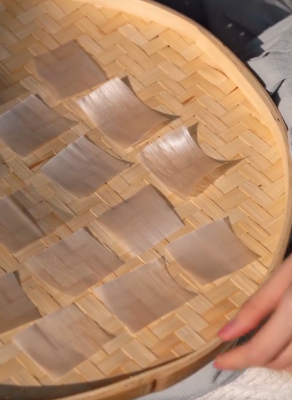
Then comes the fun part: painting each square with your rose dye, and letting them air dry.
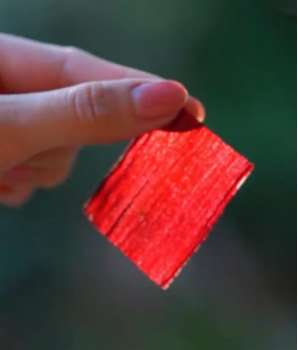
The result? A handmade lipstick paper, just like the elegant ladies of ancient China once used.
Truthfully, you don’t need much—just rose petals, silkworm silk, a bit of plant glue, a frame, and a little patience. But with all the convenient lip products available today, is it really worth the time and effort? Probably not. Still, it’s fascinating to see how beauty rituals were once an art form in themselves.
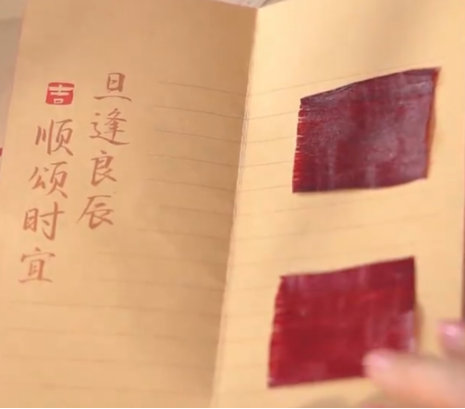
Summary
Now you can see just how intricate and labor-intensive it is to make silk Hanfu. Perhaps each stroke of color across the lips isn’t just about beauty—it’s about reviving a memory, preserving a craft, and carrying forward the essence of time-honored culture. Just like Hanfu has seen its highs and lows, so too have ancient beauty traditions. As we rediscover and celebrate them, we’re not just applying makeup—we’re adding a touch of Chinese heritage to modern life, inviting the world to experience the quiet romance of Chinese aesthetics. 🌸

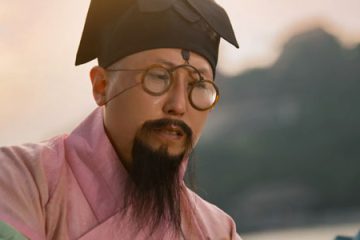
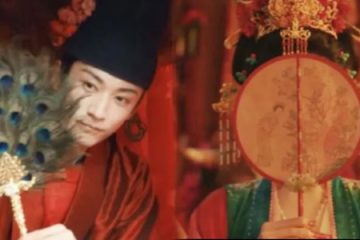
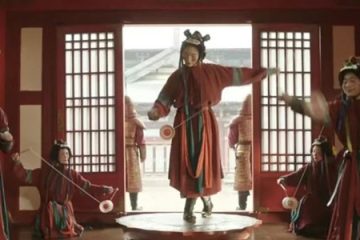
0 Comments